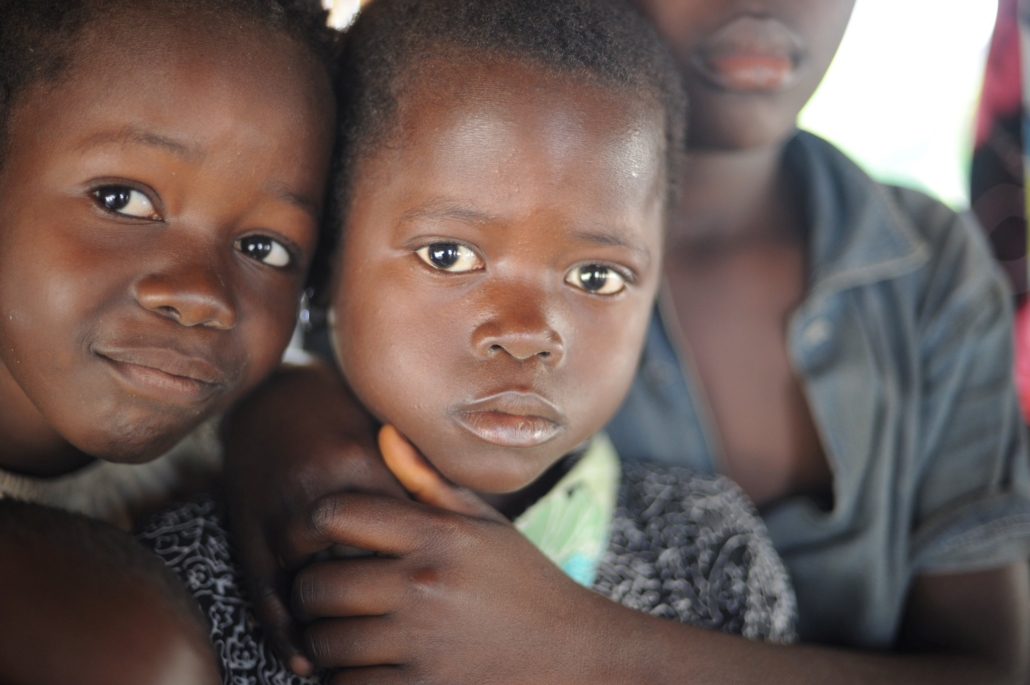How Ebola Effects the Economy in the DRC

On June 25, 2020, the Ministry of Health of the Democratic Republic of Congo declared that the 10th Ebola outbreak was over in three provinces. With the rise of COVID-19 cases in the country, Ebola cases have also increased significantly as social distancing became difficult in medical facilities. As of August 13, 2020, there have been 86 confirmed Ebola cases in the northwest Equateur province. As of July 3, 2020, there were a total of 3,481 cases in the entire country. With Ebola and COVID-19 cases rising, medical costs, personnel and resources will heavily affect the economy as government officials scramble to contain the outbreaks. Here is some information about how Ebola has affected the economy in the DRC.
Keeping Inflation in Check
The recent outbreaks in the Equateur province are in remote areas, regions that are difficult for medical supplies to reach. The lack of access to these areas requires an increase in medical cost support, however, the DRC currently cannot shoulder the financial burden due to the COVID-19 pandemic. The economy in the DRC has been stressed because of COVID-19 costs and has been adjusting rates in order to control inflation. During the week of August 10, the Central Bank of DRC increased the key interest rate from 7.5% to 18.5% in order to prevent inflation. Despite the pandemic, Central Bank experts are expecting an increase in the economic growth of 2.4% at the end of 2020. This would be a downward trend from expectations at the beginning of 2020.
Tracking COVID-19 and Ebola
The DRC will only be able to contain both viruses if it can properly document progression and transmission. However, the DRC has more than 500 regions of difficult terrain that do not have access to basic resources. These remote, populous areas are unable to receive medical resources or be properly tracked. They have less access to electricity, medical personnel and resources. The economy in the DRC has exacerbated most funds in order to contain the COVID-19 outbreak. However, the World Health Organization (WHO) has reported that almost 13,000 people have received vaccinations since the 11th Ebola outbreak that started near the end of July 2020.
International Aid
The U.S. Agency for International Development (USAID) is delivering an additional $7.5 million in humanitarian assistance to the DRC for Ebola. With these funds and WHO’s vaccine distribution procedures, testing facilities and medical personnel volunteers, the DRC will be able to more efficiently combat these pandemics.
Additionally, the DRC is receiving a $363 million loan from the International Monetary fund, $47 million from the World Bank and $40 million in emergency funds from the United Nations to strengthen the economy. These monetary aids will go toward the COVID-19 medical response, 11th Ebola outbreak vaccinations and necessary medical facilities.
Conclusion
Despite battling two pandemics at once, the DRC has maintained its composure and enacted the proper medical responses with the resources it has. The economy in the DRC has suffered because of the new Ebola outbreak. However, the DRC’s mission and determination to wipe out the last of the Ebola infections are unparalleled by previous responses. The DRC is on track to declaring another Ebola outbreak over.
– Aria Ma
Photo: Flickr
